The ‘under new management’ signs – or ‘changement de direction’, if you prefer – have been up across the French car industry lately.
Following the spectacular downfall of Carlos Ghosn, former Seat boss Luca de Meo took the helm at the Renault Group. Meanwhile, Carlos Tavares has taken control of Stellantis, the new, Dutch-registered firm created by the French PSA Group’s merger with the Italian-American Fiat Chrysler Automobiles.
Both men have strong track records, but they face formidable challenges in ensuring that some of the world’s most storied car brands can thrive in a new era of motoring.
Stellantis
The recent merger of the PSA Group and Fiat Chrysler Automobiles has created the world’s fourth-largest car maker, with its 8.1 million global sales in 2019 behind only Toyota, the Volkswagen Group and Ford. But there’s one area in which Stellantis dwarfs those rivals: brands.
Stellantis encompasses 14 of them, covering every major market segment from electric city cars to mainstream hatchbacks and SUVs, sports cars, supercars and even the booming US pickup truck market. Not even the Volkswagen Group’s many marques can match such breadth, which for Stellantis presents both opportunities and challenges.
![]()
The opportunities lie in the reach of those brands, and the heritage of names such as Alfa Romeo, Fiat, Jeep, Peugeot and Vauxhall.
“We have with those iconic brands a high diversity of models,” says Stellantis CEO Carlos Tavares. “With this brand portfolio, we’re present in the most significant markets and profit pool areas of the market.”

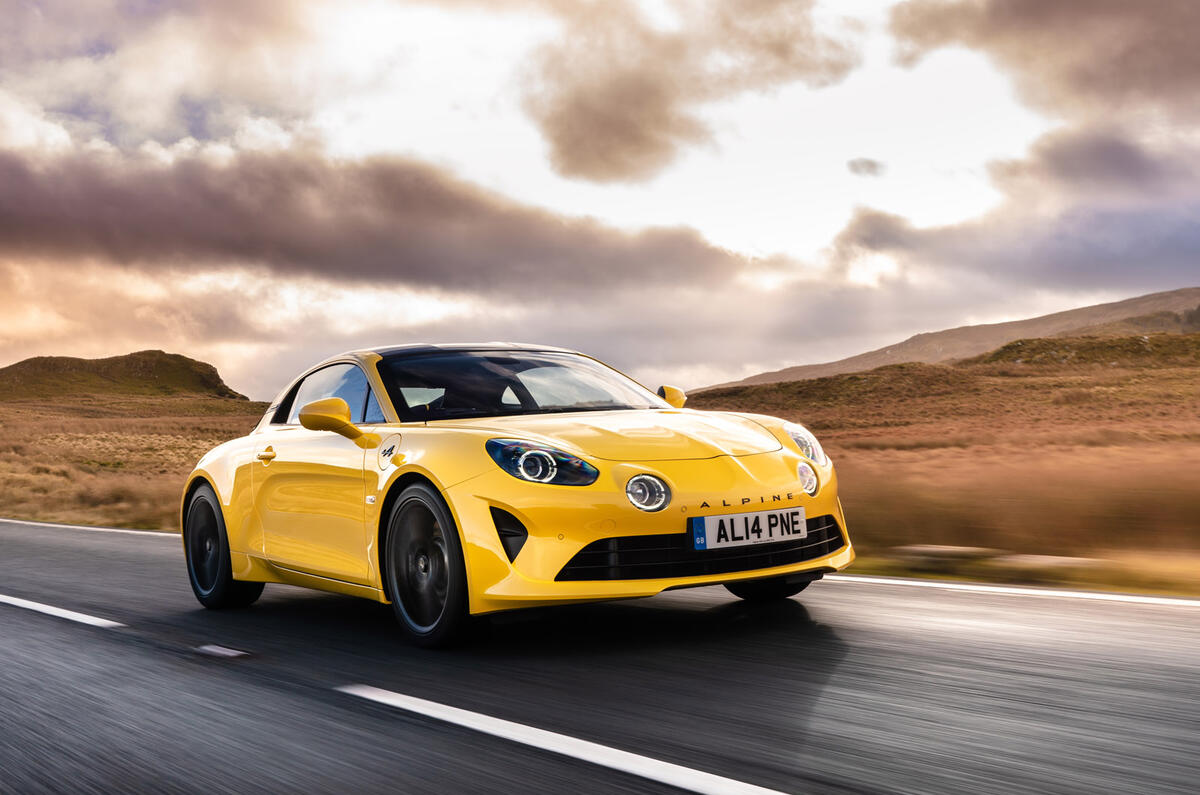
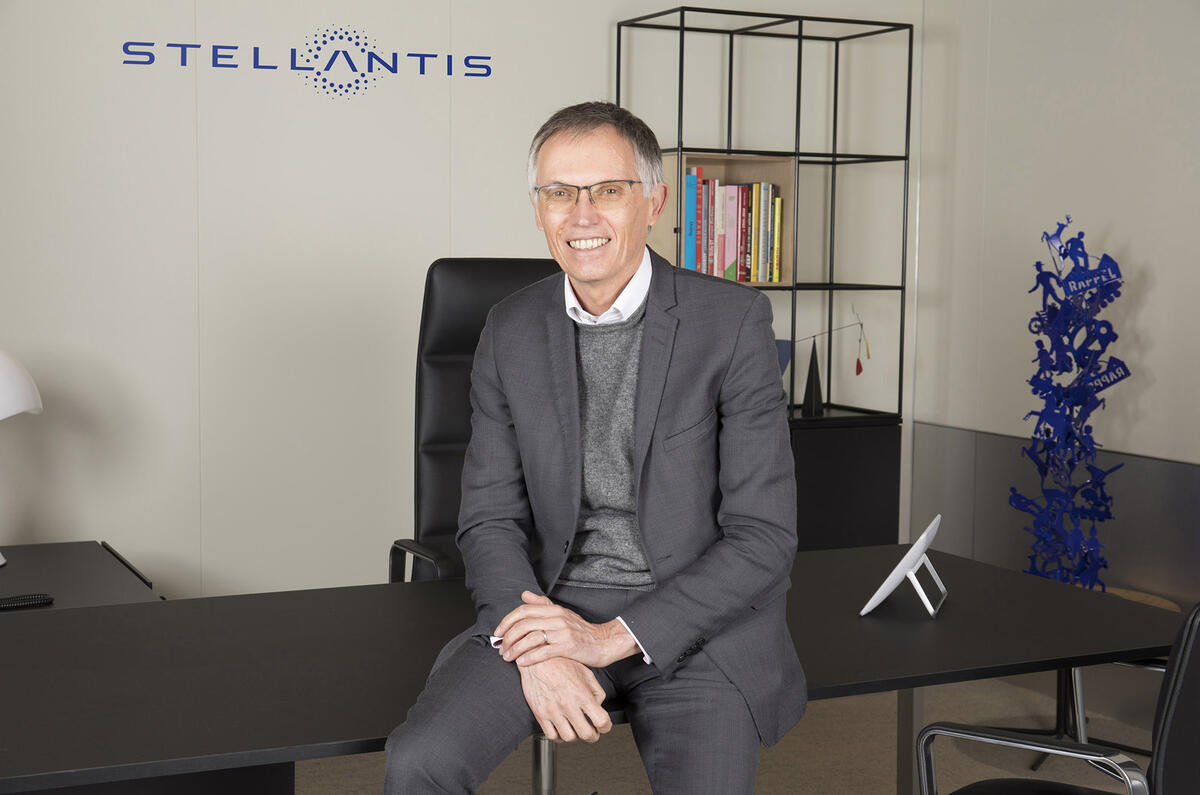
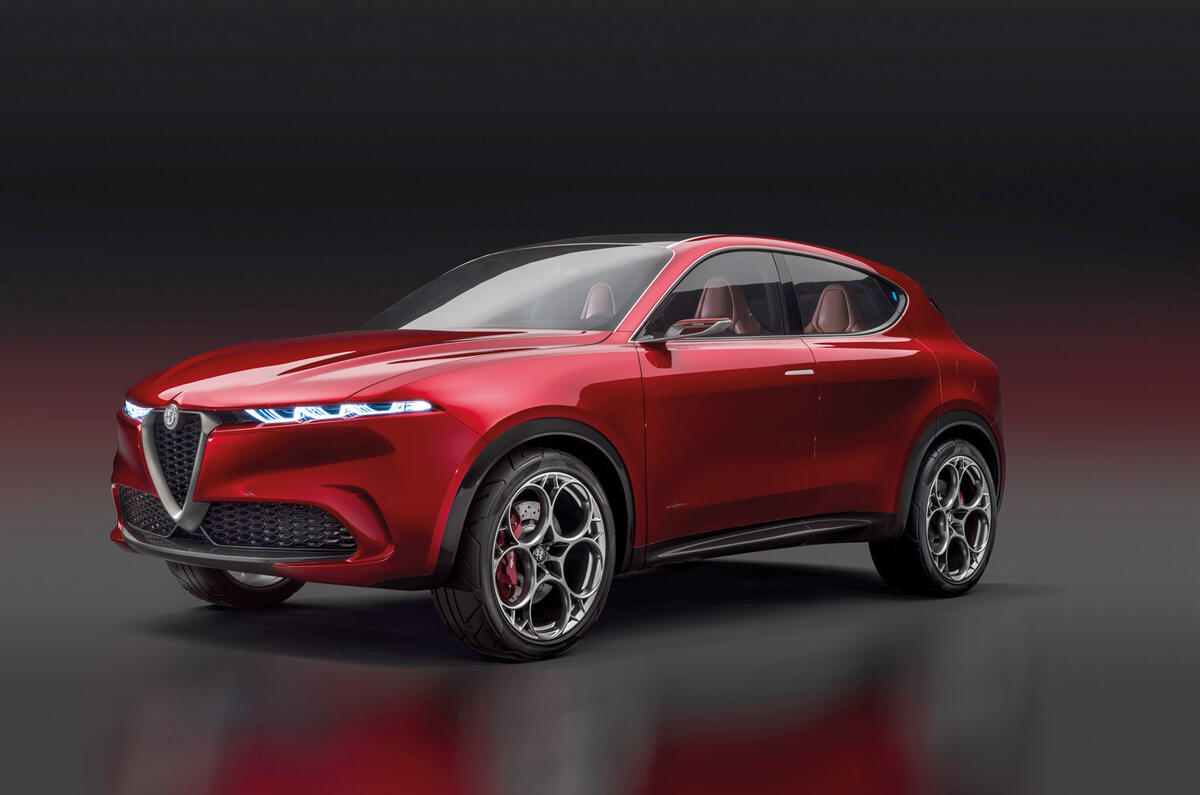
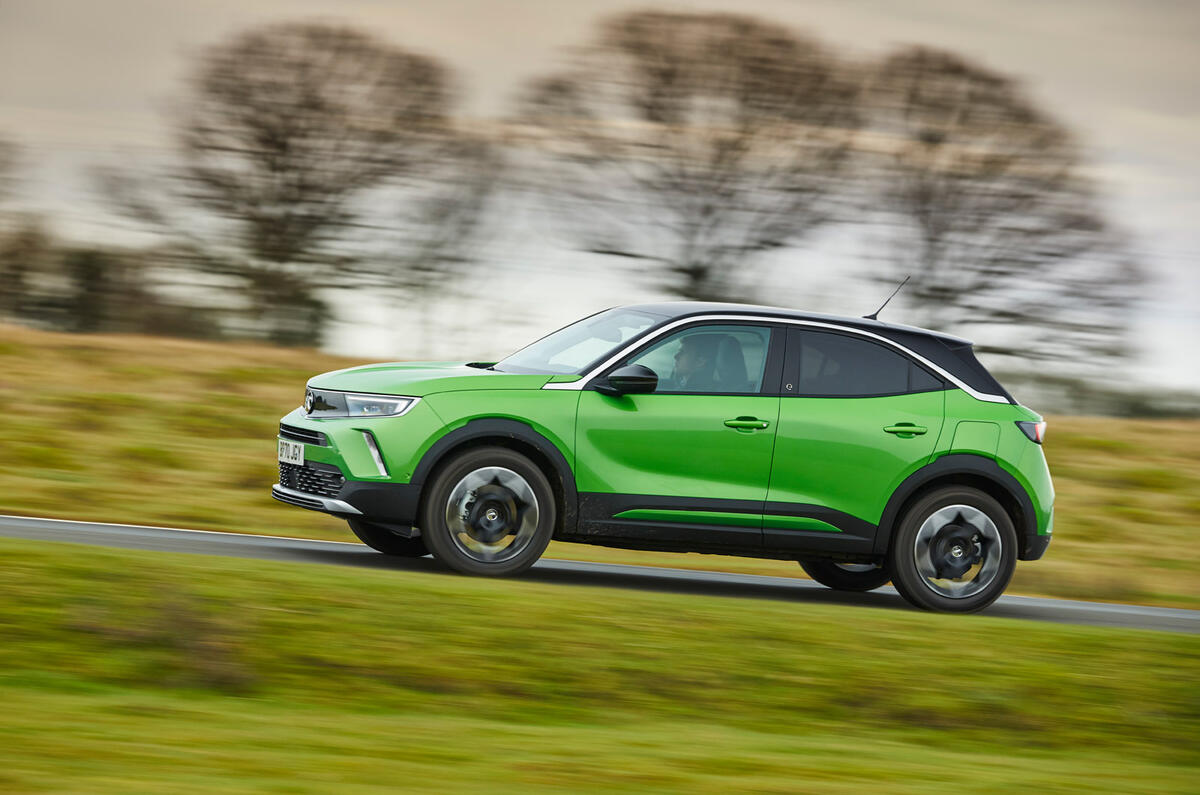
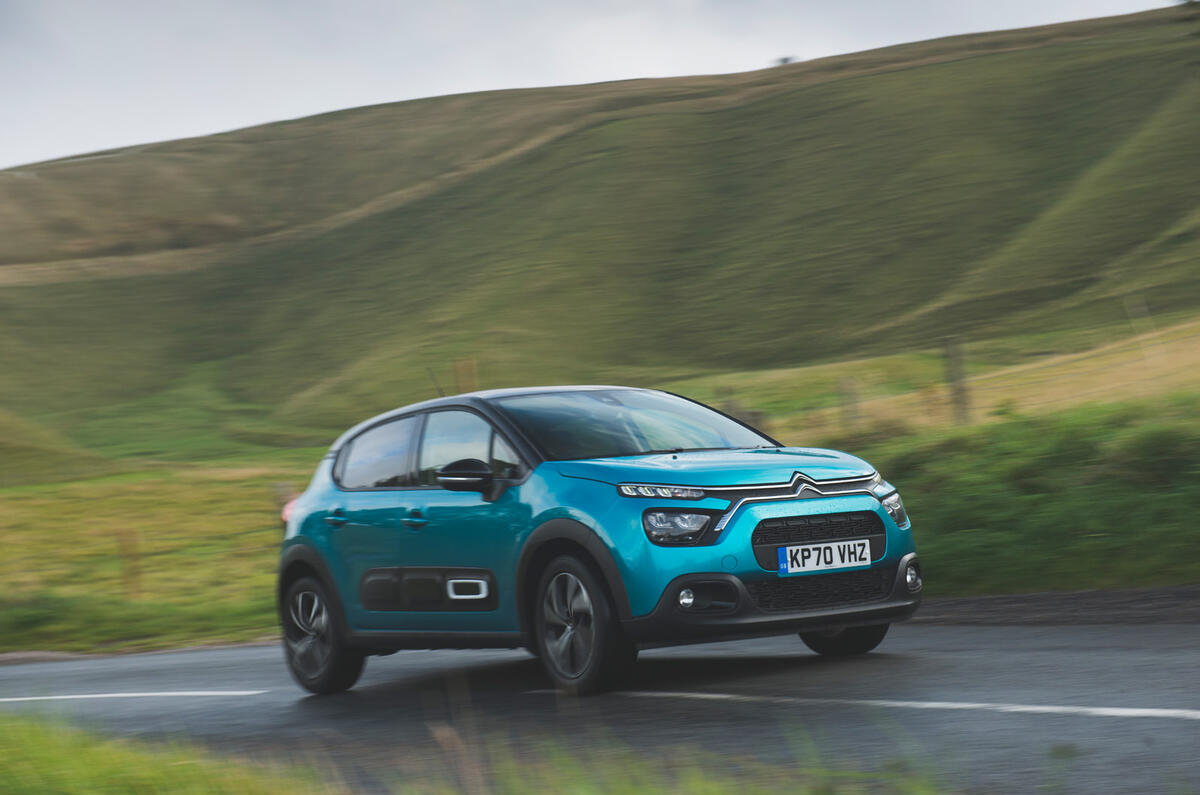
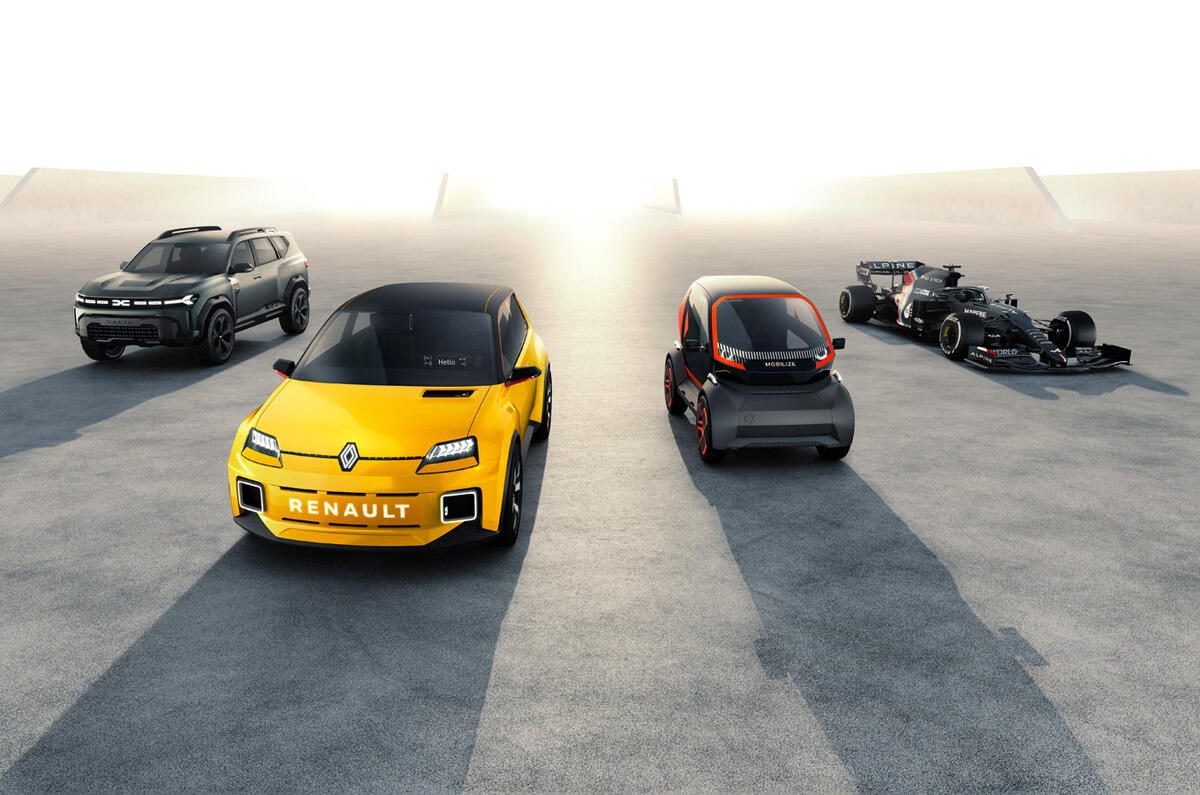
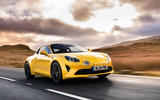

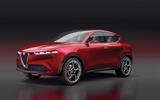
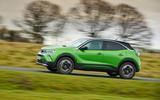
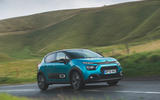
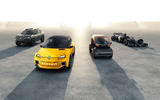











Join the debate
Add your comment
I believe that there is an error in this sentence from the above article:
"The aim is to shift 80% of the firm’s models to three Alliance platforms: CMF-B (and its CMF-B EV variant) for small cars, CMF-CF for medium and large cars, and CMF-EV for EVs."
The largest Alliance platform is usually referred to as the CMF-C/D platform.
I am not sure about the claim that Cupra has been moved significantly away from Seat (or even VW) products. They look much the same apart from the jewellery, they are sold through the same dealerships, and their engineering base is identical.
If you can't differentiate two brands properly, how can you do it with 14 brands, many of which have, or are already failing? There has to be a massive brand rationalisation, probably starting with Vauxhall (no mention of Opel here strangely) and Lancia (finally).
Also, since all brands will have to go electric in the next ten years (and probably not from fuel cells in that time period), this plan indicates only one of the four platforms used for a ridiculous number of models, from a Fiat 500 to an Alfa or Peugeot SUV, to a Maserati sports car. That doesn't sound workable to me.
I think Vauxhall and Opel can be regarded as one brand: Opel except in the UK when it's badged Vauxhall. There still seems to be a market for Vauxhall in its home country, don't know how Opel is regarded on the continent. I note that only the Opel badge is used in Eire.
Judging by how the Lancia still sell lots of Epsilons in Italy, a revival could work there if it were an Alfa-based luxury variant. If the designs were good, it might sell elsewhere as a stylish niche product.
Only adding to Streaky on Vauxhall: Tavares had already said that the Vauxhall brand is very valuable because it is perceived as a British brand (sind 1903). There is a price, though, methinks: the Ellesmere Port plant to keep this perception alive. It might be difficult under Brexit conditions, luckily without customs duties at the customs border between the European internal market on the European mainland and Europes largest island.
As to Lancia, it is grouped — see the January 19 presser on the brand management — in the "premium" group with Alfa Romeo and DS. If the merger had been done, DS would have been unnecessary since Lancia is the best embryon of a premium or even luxury brand (I have always worries seeing Maserati known for its Formula 1 history and sports cars between twisted to deliver luxury cars competing with Bentley and Rolls Royce.
»If the merger had been done, DS would have been unnecessary since Lancia is«
I wanted to write "if the merger had been done EARLIER", then ...
then Lancia would present the elegant premium and Alfa Romeo the sporty one.
Tackling the chronic over supply of new car production is long overdue. Even Mercedes is addicted to volume these days. Being more successful by selling fewer units would be good for everyone and the planet.